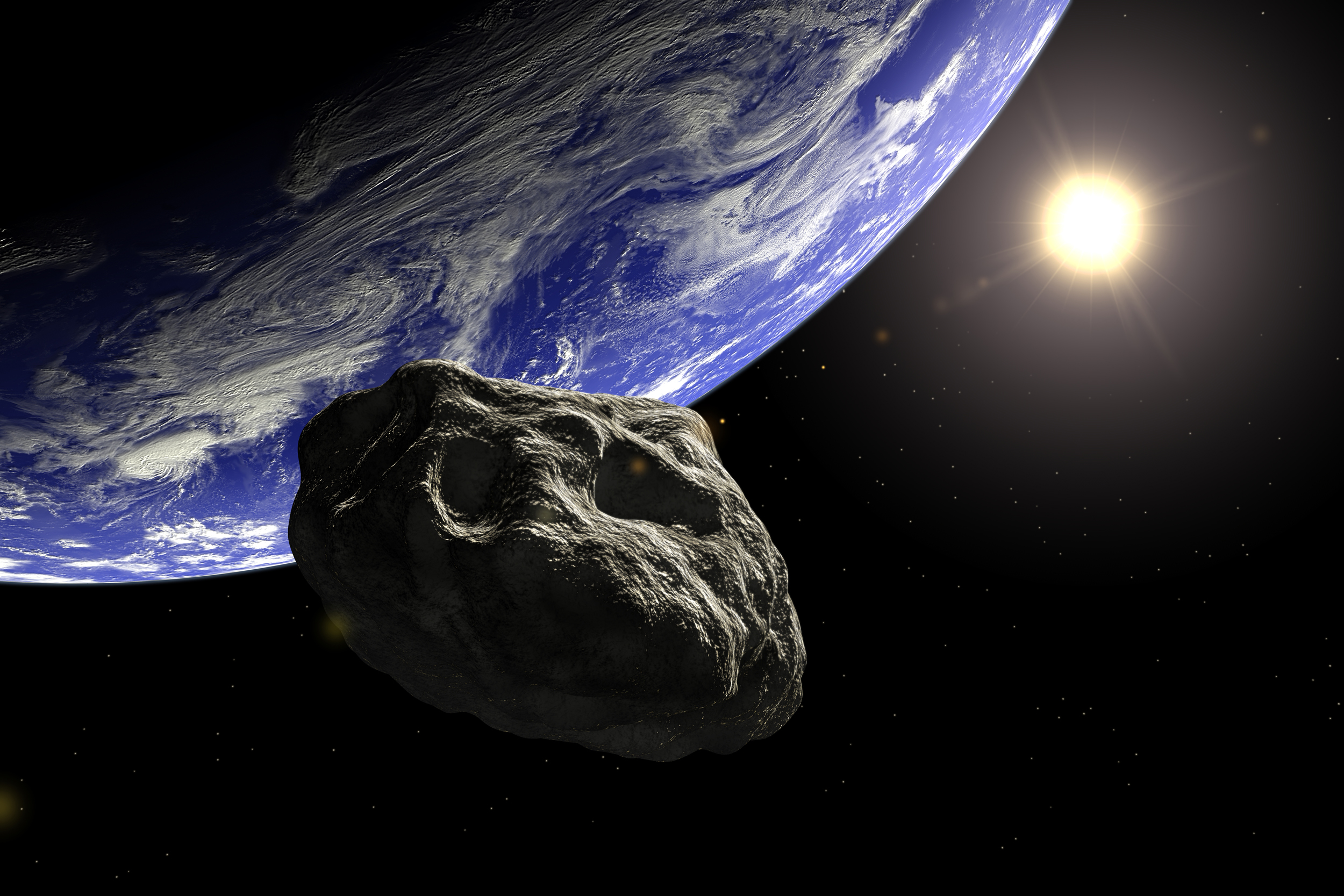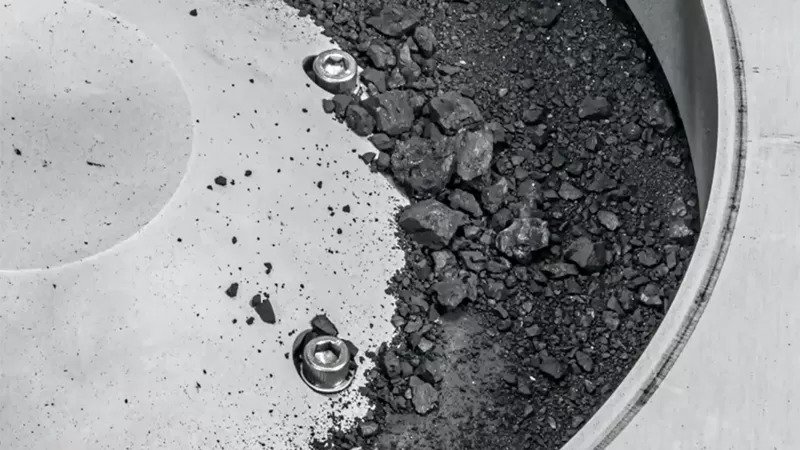NASA Reveals Dangerous Asteroid May Explain Earth's Life Origins
NASA reveals dangerous asteroid may explain Earth's life origins. Analysis of 4.5-billion-year-old Bennu may offer insights into our planet's beginnings.
Author:Paula M. GrahamReviewer:Hajra ShannonOct 13, 20236.2K Shares188.1K Views

In a groundbreaking announcement, NASA reveals dangerous asteroid may explain Earth's life origins. Their recent analysis of a 4.5-billion-year-old asteroid named Bennu has stirred the scientific community, offering potential insights into Earth's primordial beginnings. Bennu's proximity to Earth and its pivotal pass-by episodes could uncover essential data about our planet's formation and evolution.
Remarkable Discoveries From Bennu's Surface
The OSIRIS-REx spacecraft, in an impressive feat, gathered samples from Bennu and successfully delivered them to Earth. Since their arrival, scientists have been meticulously examining the sediments, uncovering fascinating findings. A significant revelation includes the presence of carbon and water in the samples. As NASA elucidates, this "could indicate the building blocks of life on Earth may be found in the rock."
Speaking on the profound implications of this discovery, NASA Administrator Bill Nelson stated, “The OSIRIS-REx sample is the biggest carbon-rich asteroid sample ever delivered to Earth and will help scientists investigate the origins of life on our own planet for generations to come." He further accentuated the potential dangers asteroids like Bennu pose, mentioning, “Almost everything we do at NASA seeks to answer questions about who we are and where we come from. NASA missions like OSIRIS-REx will improve our understanding of asteroids that could threaten Earth while giving us a glimpse into what lies beyond."
As per records, the OSIRIS-REx mission procured rock and dust from Bennu in 2020, and the capsule with the invaluable sample reached Earth just over a fortnight ago. Presently, this cosmic material undergoes rigorous scrutiny at NASA's esteemed Johnson Space Center in Houston.
Given its potential trajectory and high rating on the Palermo Technical Impact Hazard Scale, Bennu carries the title of 'the world’s most hazardous asteroid.’ Alarmingly, BBC projections suggest a potential Earth impact within the next 160 years.
However, it's not just the threat Bennu poses that intrigues researchers. The secrets nestled within its rocky façade could be unraveled in upcoming decades. Lori Glaze, Director of NASA's planetary science division, voiced her insights during a recent event, stating:
“„As we start to look at asteroids that are potentially hazardous, one of the things we really want to know is, is it a dense monolithic rock, or is it just this loose collection of debris. We have actually learned an incredible amount from Bennu that is going to help us in defending our planet in the future.- Lori Glaze, Director of NASA's Planetary Science Division
Emphasizing the meticulous care being taken in the examination process, Vanessa Wyche, director of NASA Johnson, shared, "We’ve had scientists and engineers working side-by-side for years to develop specialized gloveboxes and tools to keep the asteroid material pristine and to curate the samples so researchers now and decades from now can study this precious gift from the cosmos."
Further echoing the profound significance of this celestial endeavor, Dante Lauretta, OSIRIS-REx principal investigator at the University of Arizona, Tucso, highlighted the broader quest for cosmic understanding, saying:
“„These discoveries, made possible through years of dedicated collaboration and cutting-edge science, propel us on a journey to understand not only our celestial neighborhood but also the potential for life’s beginnings.- Dante Lauretta, OSIRIS-REx Principal Investigator
The monumental revelations from Bennu underscore the limitless possibilities that space exploration presents, illuminating the depths of our universe and our place within it. With each fragment of knowledge, humanity steps closer to unraveling the grand tapestry of the cosmos.

Paula M. Graham
Author

Hajra Shannon
Reviewer
Latest Articles
Popular Articles
